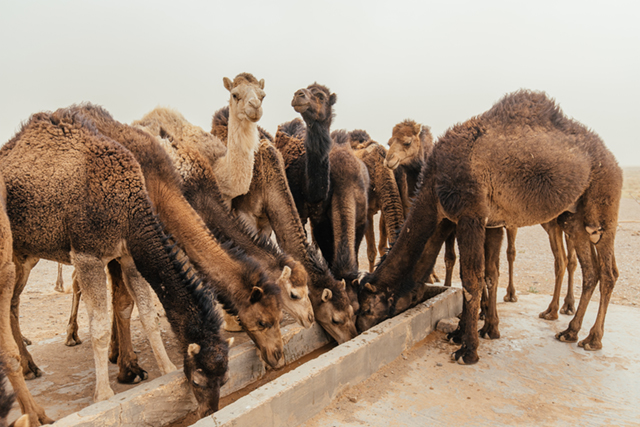The Sultanate of Oman is renowned for its rich and diverse wildlife, a testament to the country's unique geography and climate. From the Arabian sand gazelles and Arabian oryx in
the deserts to the Green turtles nesting on the beaches, Oman's wildlife is a national treasure. However, these species are under threat due to human activities, habitat loss, and climate change.
Understanding the Challenges
Overexploitation, human-wildlife conflicts, and habitat destruction are major threats to Oman's wildlife. The Arabian sand gazelle, for instance, faces habitat loss due to urbanization and agricultural expansion. Similarly, the Arabian oryx, once considered extinct in the wild, is now facing challenges due to poaching and habitat degradation.
Preservation Efforts
Several preservation efforts are underway to protect Oman's wildlife. These include habitat protection, wildlife population management, and public education.
Habitat Protection
The Omani government has established several protected areas to safeguard crucial habitats. These include the Ras al-Jinz Turtle Reserve, where Green turtles nest, and the Dhofar Mountains, home to the Arabian sand gazelles and the Arabian leopard.
Wildlife Population Management
Conservation programs aim to manage wildlife populations sustainably. For example, the Arabian oryx reintroduction program in the Wahiba Sands involves releasing captive-bred oryx into the wild to boost their numbers.
Public Education
Educating the public about the importance of wildlife conservation is crucial. initiatives such as the "Save Our Sand Gazelle" campaign and the "Adopt a Turtle" program are designed to raise awareness and encourage responsible behavior towards wildlife.
Future Directions
To ensure the survival of Oman's wildlife, it is essential to continue and intensify conservation efforts. This includes researching the effects of climate change on wildlife, collaborating with local communities, and enforcing conservation laws more effectively.








